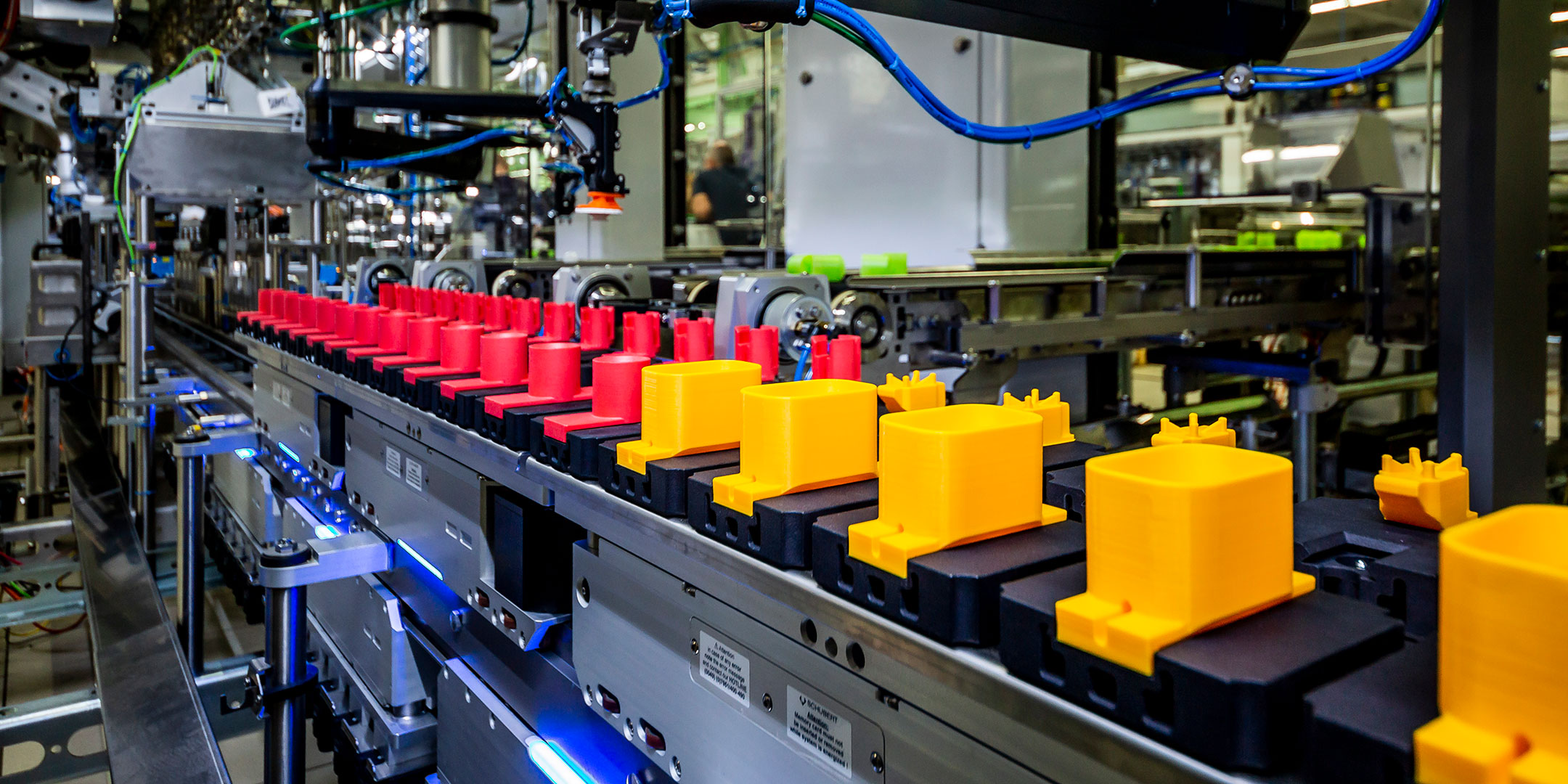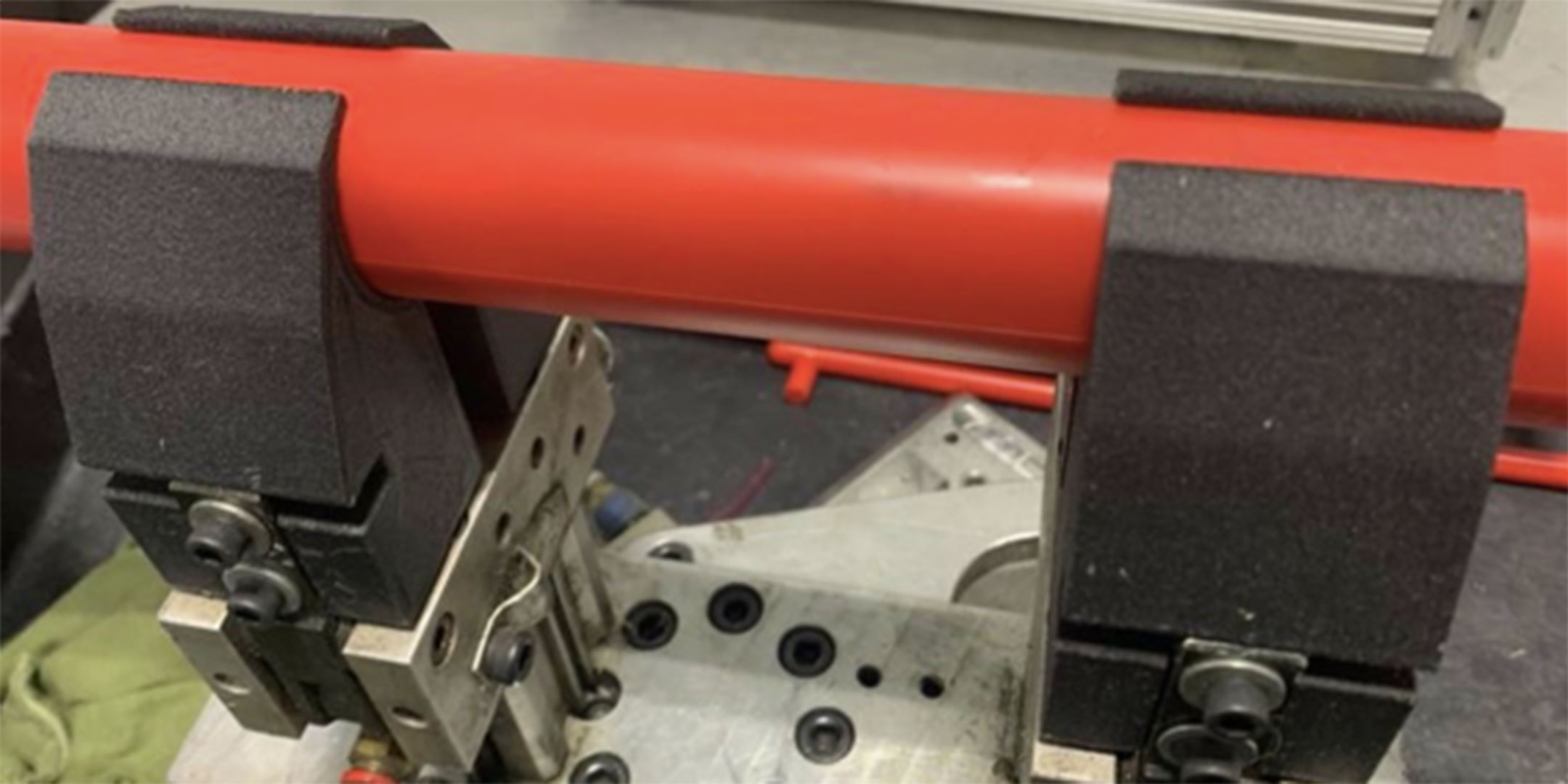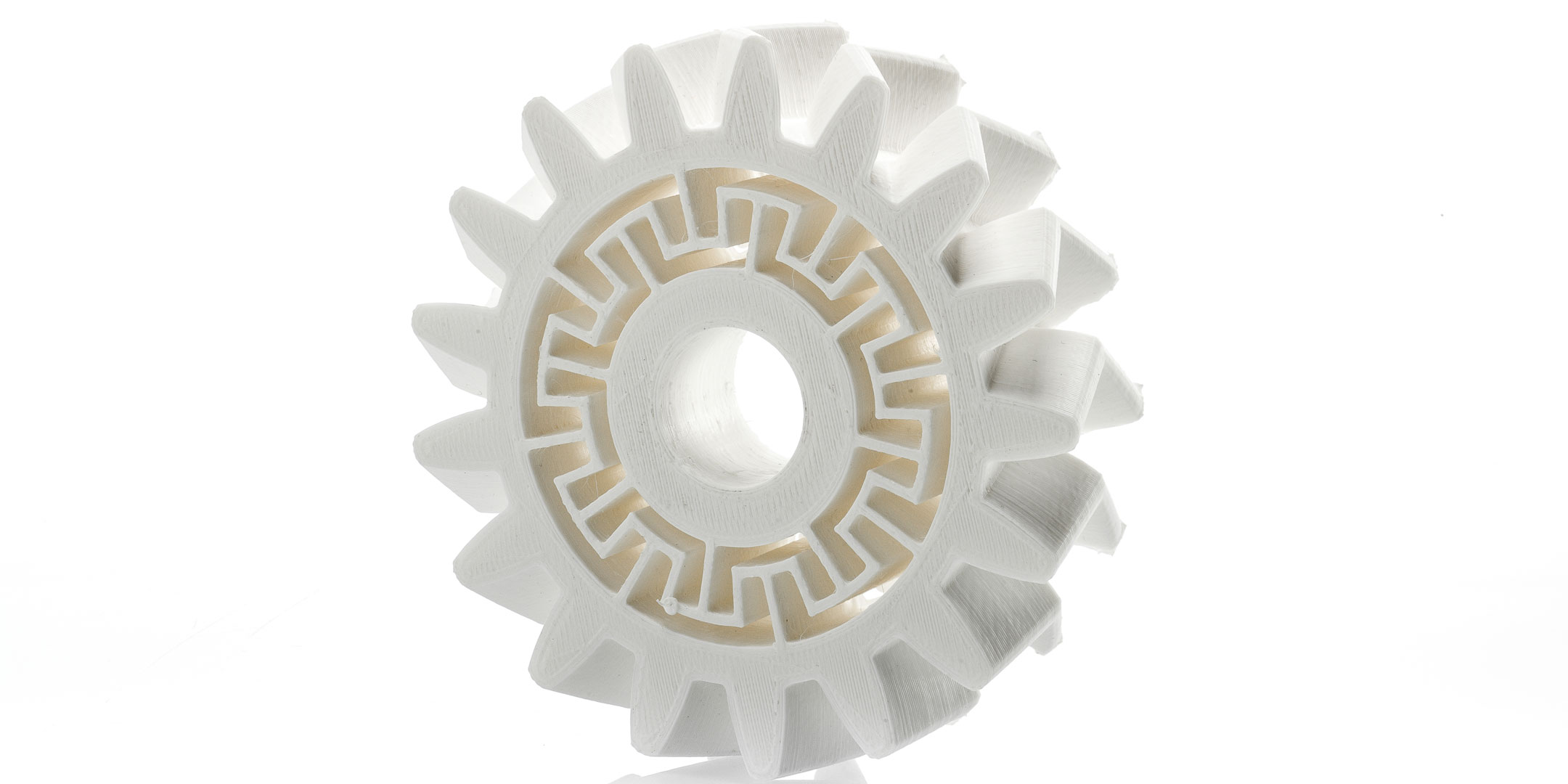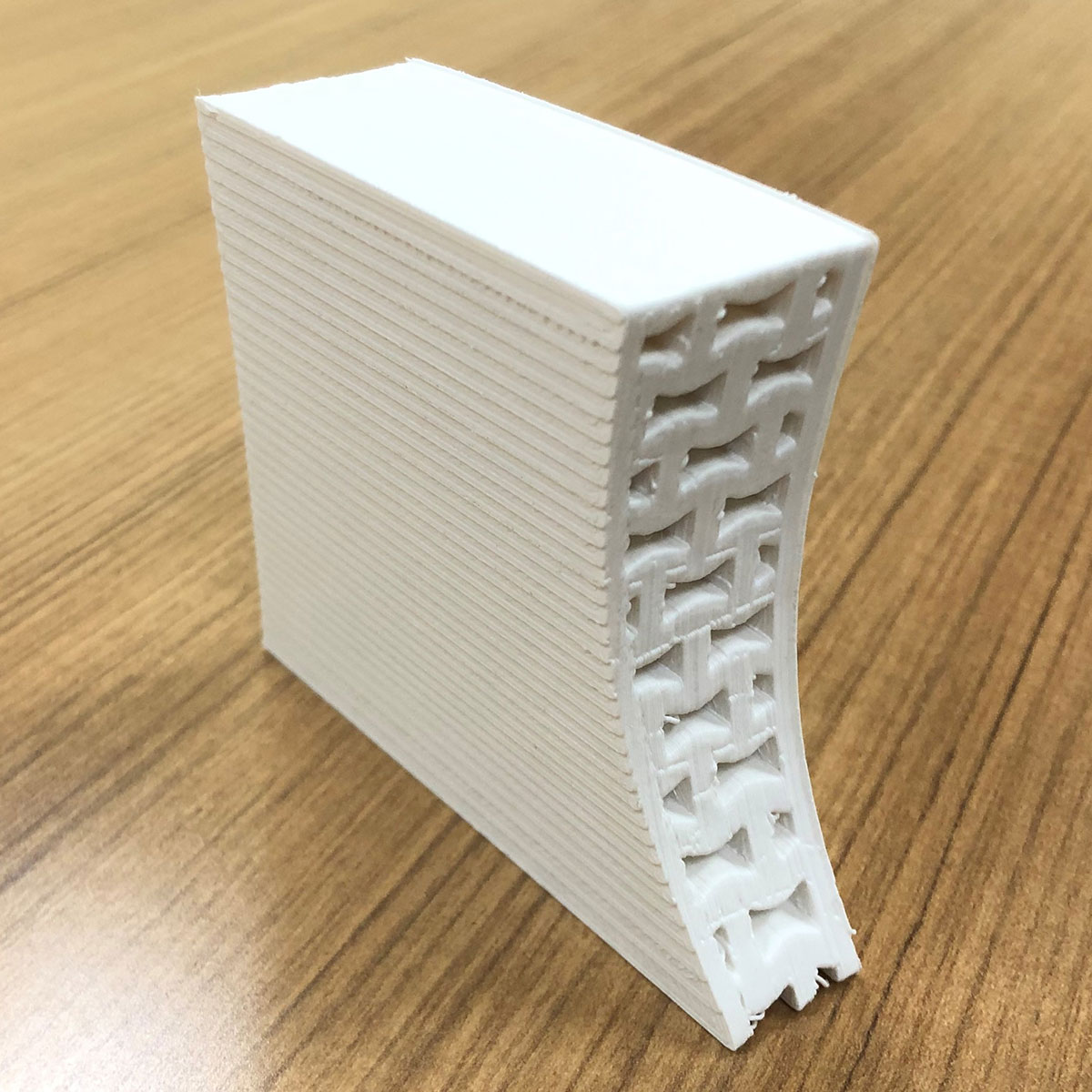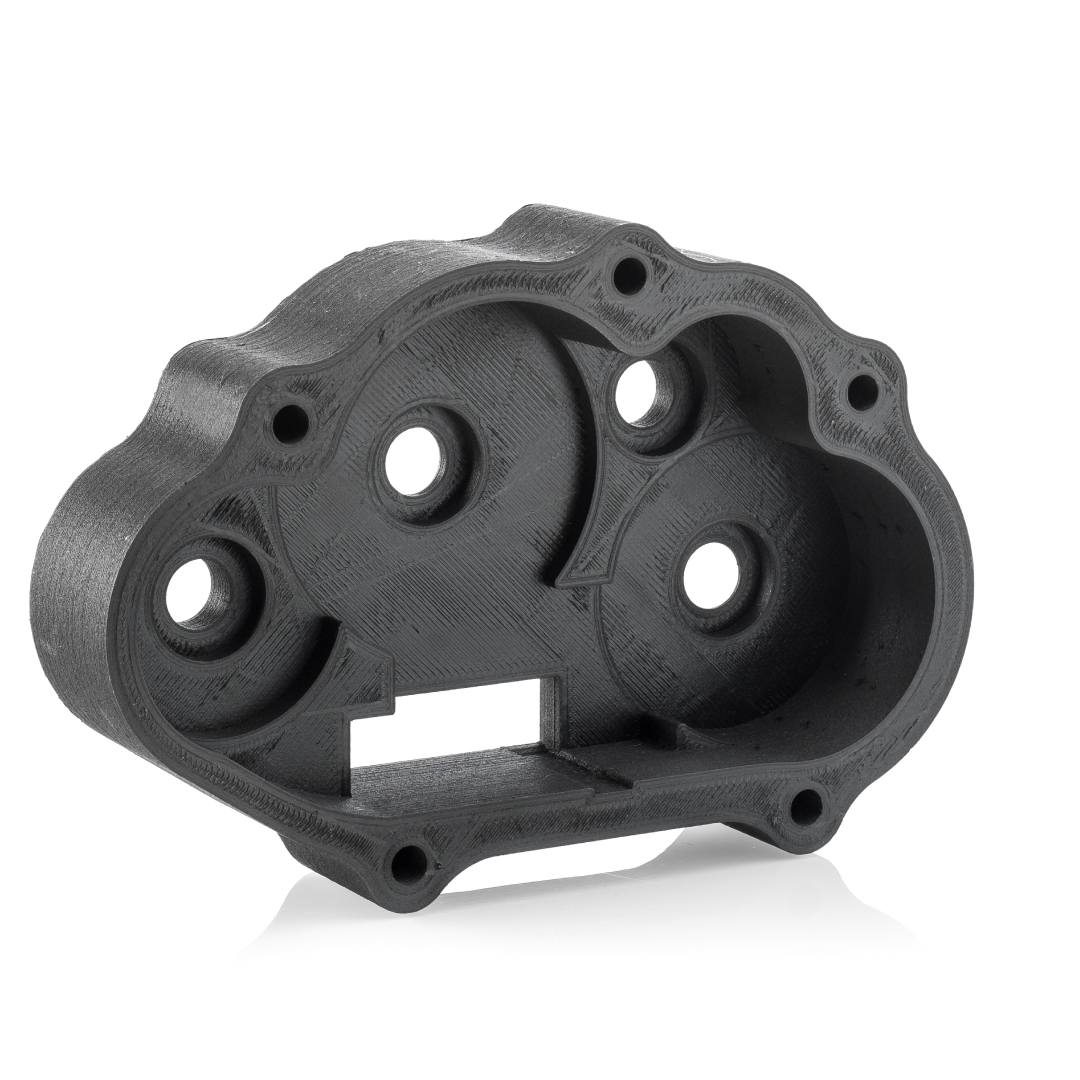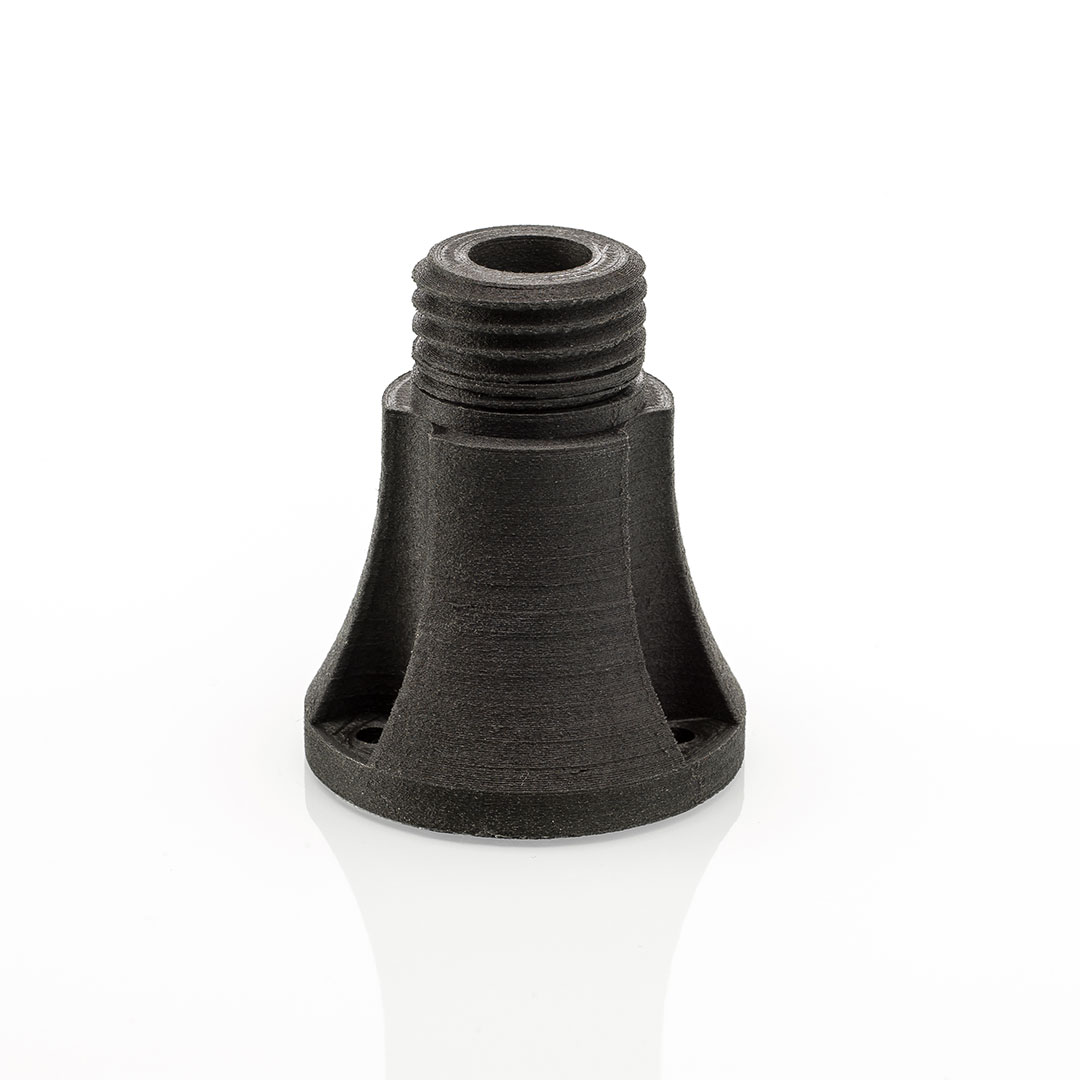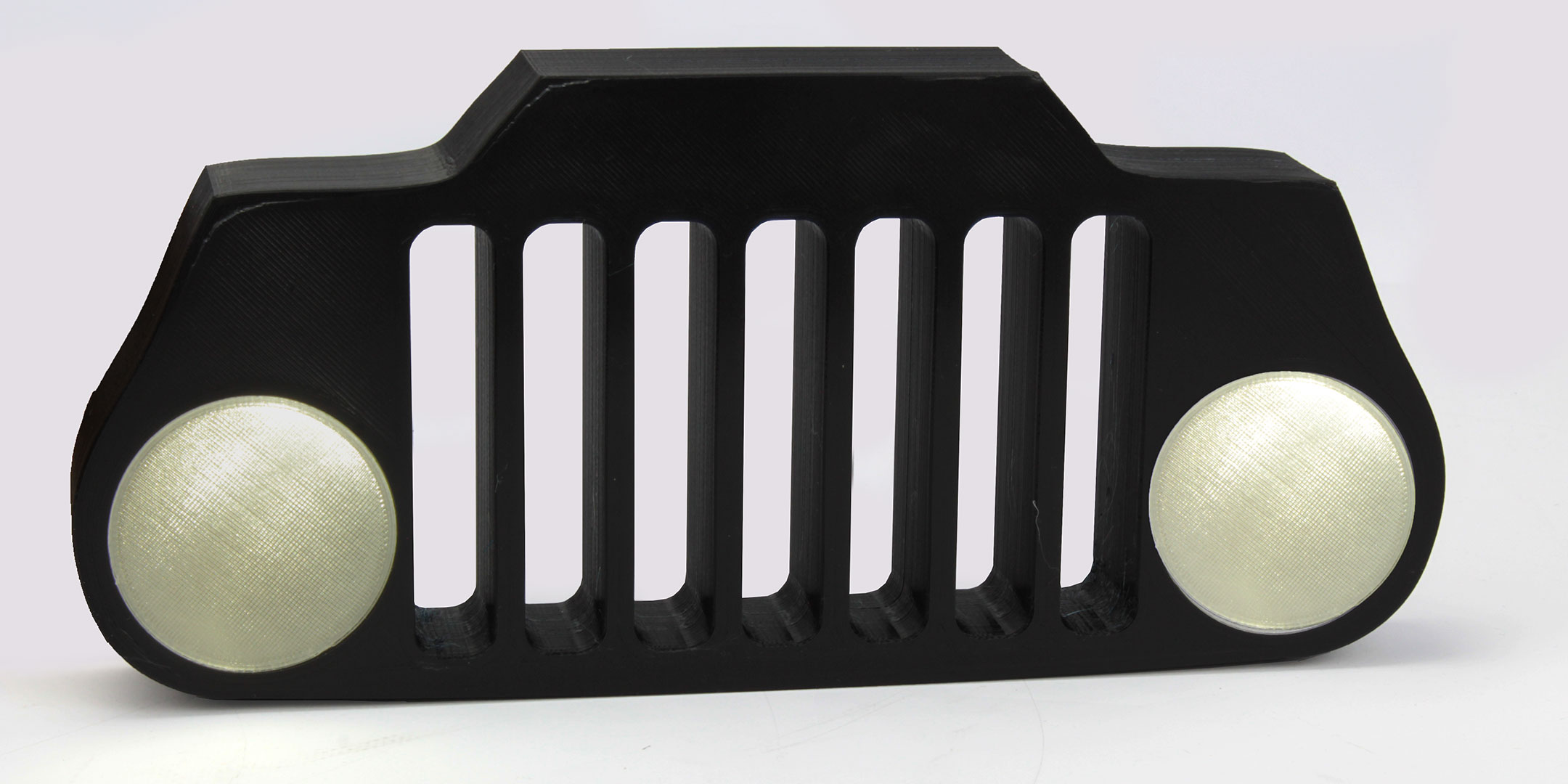“Toughness” is a combination of an object’s strength (how easily it breaks) and ductility (how easily it deforms). In this way, toughness and impact resistance are one and the same – especially in material science, as toughness is a measure for how easily your part breaks upon impact.
Why are toughness and impact resistance important?
Next to strength, toughness is often the most important mechanical property. A tough part will deform before it shatters or breaks, and will also be able to better withstand impact.
Common uses of tough and impact-resistant materials
Tough and impact-resistant materials are often used in jigs, fixtures, and tools in production lines and in the manufacturing industry. Heineken, for example, creates parts that are durable enough for everyday use in its manufacturing plants. At its pilot plant in Cologne, Germany, Ford also uses tough and impact-resistant jigs, tools, and fixtures that must be able to survive intensive use by human operators and on assembly lines. Additionally, Gerhard Schubert GmbH uses tough materials to create parts for its multipurpose top-loading packaging machines.
Schubert uses tough and impact-resistant materials to create parts for its top-loading packaging machines
What else should you know?
Ultimaker’s portfolio of tough and impact-resistant materials include Ultimaker Tough PLA, Nylon, TPU 95A and ABS
Nylon and TPU materials are often used for extreme toughness, with Tough PLA, ABS, CPE+, PP and PC (black and white) used for reasonable toughness
Materials that are not tough (brittle) are PLA, CPE and PC transparent
Carbon fiber materials are also often not tough, as they are stiff and therefore brittle, while glass fiber materials are more beneficial for impact resistance
Flexible materials are often tough, as they are resistant to breaking
Our tough and impact-resistant material partners
Lubrizol
Estane® 3D TPU F70D is a semi-rigid Shore D 70 polyether based TPU (thermoplastic polyurethane) at low temperatures while providing UV stability with high transparency.
Estane® 3D TPU F98A is a high-clarity fast printing Shore A 98 polycaprolactone-based TPU (thermoplastic polyurethane) delivering excellent mechanical properties with low warpage and shrinkage.
“Lubrizol Estane® 3D F70D which has excellent toughness even at cold temperatures where other materials already become brittle, making it very practical for outdoor exposed applications or parts in freezing environments,” Miguel Navarro, Application Development Engineer for Lubrizol Engineered Polymers, said. “Lubrizol also provides a solution when repetitive impacts are present: Lubrizol Estane® 3D F98A is a flexible material used in applications such as footwear or in automated production lines because of its high elongation at break, which allows it to absorb and dissipate the energy from impacts, thus protecting other materials or objects.”
A part printed with Lubrizol Estane® 3D TPU F70D
A part printed with Lubrizol Estane® 3D TPU F98A
Jabil Engineered Materials
TPE SEBS 1300 95 A is a modified styrene block copolymer elastomer with a unique set of properties, including very high elongation at break on the XY axis (>780%), which translates into excellent impact strength and abrasion resistance. These attributes, along with a rubber-like feel makes TPE SEBS 95 A a great option to add a soft-touch grip for end of arm tooling (EOAT), material holding nests, boots, and strain reliefs.
A part printed with Jabil TPE SEBS 1300 95A
"TPE SEBS 95A is also unique as it's an easy to print filament that does not absorb moisture, unlike other elastomers. This translates to easier printability, fewer failed prints and exceptional layer-to-layer adhesion," Matt Torosian, Director of Product Management and Additive Manufacturing at Jabil, said.
Arkema
3DXFLEX™ TPE is an easy to print material with excellent layer adhesion. It's made from Arkema's Pebax® Polyether block amide elastomer, which is highly regarded for lightness, unmatched energy return, and cold temperature durability.
"Pebax® resin, from which 3DXFlex TPE is created, is a world famous material in tough applications like running and cleated shoes,” Steve Serpe, Market Manager at Arkema, said. “These require a demanding service life and take a phenomenal beating of flex cycles and impacts. We tried hard, but failed to break 3DXFlex TPE during impact testing, even in Z axis at -40 C! This extreme performance is now possible for FFF parts."
Parts printed with Arkema 3DXFLEX™ TPE
BASF 3D Printing Solutions
XSTRAND® GF30-PA6 is a reinforced PA6 nylon filament with 30% glass fiber, making it up to 250% stronger than neat ABS or nylon.
XSTRAND® GF30-PP is a reinforced polypropylene filament with 30% glass fiber content. GF30-PP delivers superior strength and chemical and UV resistance. With low moisture absorption, this filament is perfect for sports and leisure applications.
A part printed with XSTRAND® GF30-PA6
A part printed with XSTRAND® GF30-PP
"XSTRAND® GF30 PA & GF30 PP is a class of unique glass fiber-reinforced engineering filaments that offer users an ideal combination of high stiffness, toughness, and chemical resistance,” Roger Sijlbing, Head of Sales Additive Extrusion Solutions (AES) at BASF Forward AM, said. “With these materials, you can increase your efficiency by 3D printing tools on-demand that are able to withstand high loads in tough environments. Industrial end-users will also be able to explore new applications and business models with XSTRAND® filaments.”
Mitsubishi Chemical
With excellent weathering, UV stability, impact performance, and stiffness, 3Diakon™ is an ideal material of choice for outdoor applications and uses and for casting processes where a clean burn to ensure low ash residue is critical to performance.
A part printed with Mitsubishi Chemical 3Diakon™
DURABIO™ is a bio-based, BPA-free engineering 3D printing material developed by Mitsubishi Chemical. With high transparency, similar to Polymethylmethacrylate (PMMA), but better impact behavior and improved heat resistance, DURABIO™ closes the gap between Polycarbonate (PC) and PMMA.
A part printed with Mitsubishi Chemical DURABIO™
"DURABIO™ combines most of the advantageous properties of Polycarbonate (PC) and those of PMMA," Stefano Bertani, Sales & Marketing at Mitsubishi Chemical, said. “In addition to good impact resistance, UV and scratch resistance are key features that explain why DURABIO™ is being used in many MIC (mold in color), high-gloss applications. DURABIO™ beats the well-known inferior properties of PC in regards to scratch resistance, hardness, and chemical resistance.”
Ready to get started? You can explore Ultimaker’s range of 3D printers that are compatible with tough and impact-resistant materials.























